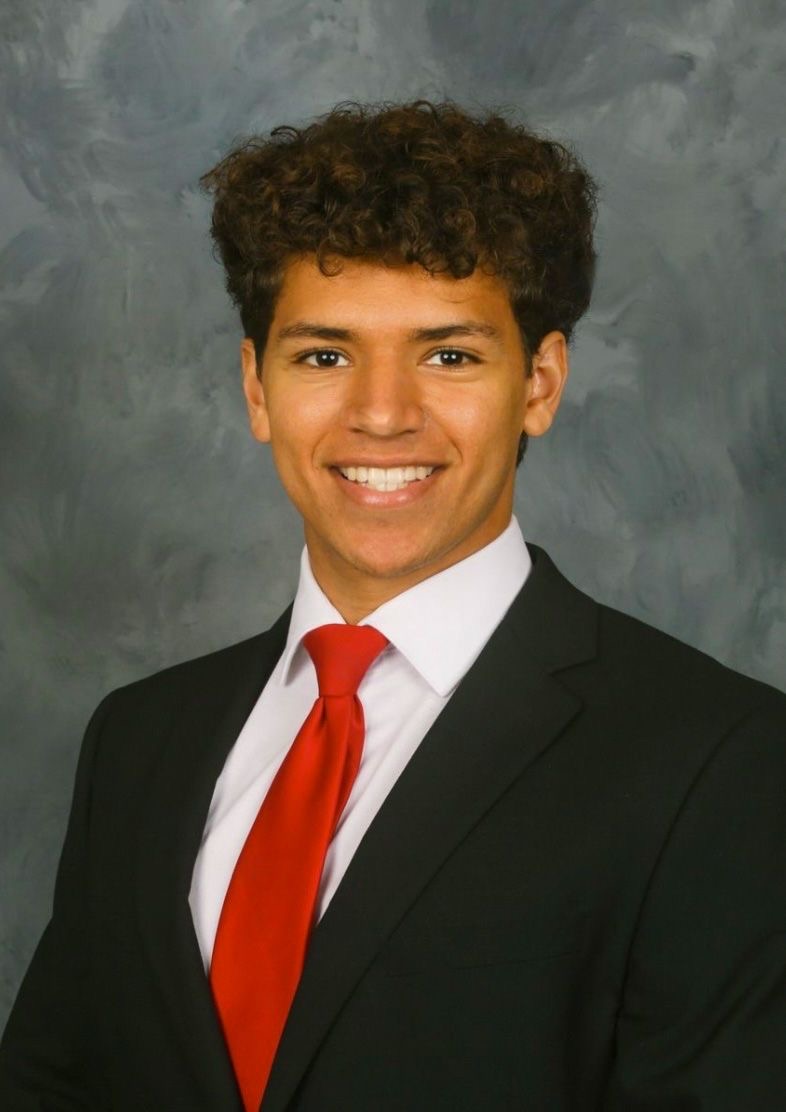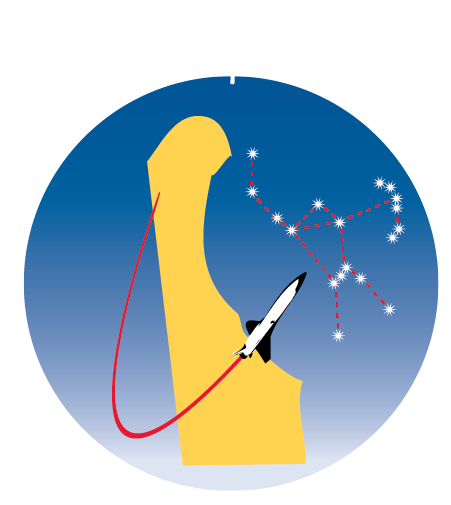
Summer Researcher with Dr. Zubaer Hossain
Mechanical Engineering, Aerospace Engineering, Mathematics
University of Delaware
This summer my research initially focused on ceramic composites for turbine blades in turbo-jet engine configurations. I was tasked with educating myself in the state of the art on ceramic composites. After reading plenty of related published journal articles on ceramic applications in aerospace, I was able to get a solid foundational understanding on the topic as well as identify possible research gaps. Ceramic matrix composites (CMCs) are often employed due to their high-temperature capabilities, low density, and excellent thermal and mechanical properties. More specifically, ceramic composites are often used as heat shields and insulation in various engine components to manage heat distribution and reduce thermal transfer. However, challenges include manufacturing complexities, material brittleness, long-term reliability, and cost considerations, which ongoing research aims to address.
Beginning this summer’s internship with the intention to publish results in the future, I was tasked with learning LaTex for research
documentation purposes. This was done by practicing creating documents and adding information about my progress throughout the summer. In addition to learning LaTex, it was also crucial to learn various softwares such as Cubit for performing complex geometric
meshing, and Unix in order to transfer files via Secure Shell (SSH) to the University of Delaware’s High Performance Computing (HPC) resource.
In relation to ceramic composites for turbine blades in both high temperature and high stress environments, I was given the focused
research topic of investigating crack propagation in a component of circular cross-section when undergoing torsional loading. This setup aims to provide insight into how edge cracks in ceramic components behave and propagate when subject to torsional loads, similar to that of turbine blades. In order to perform simulations to investigate crack propagation, It was recommended that I utilize the MEF90 software. These simulations are run using HPC, and so it was vital to educate myself on how to use this resource. Using the terminal app Mac, the HPC can be accessed along with MEF90, and I experimented transferring files utilizing both Fetch and FileZilla applications. I was able to start running simulations with example files provided in the MEF90 user documentation. Many errors and issues were encountered when trying to run simulations and gather data, which was expected given the steep learning curve of the culmination of various softwares. Nonetheless, a method of trial and error allowed for steady progress. Cubit was used to create a mesh geometry of a component of circular cross-section with an edge crack. The example files responsible for the loading condition of the subject were then modified to have a constrained face at one end of the cylinder and a torsional load applied at the other end. Groups of simulations are continuing to be done, as improvements with the loading conditions and geometric meshing of the object are still able to be made. While publishable results were unable to be achieved, refinements in simulation parameters continue to be made. I have gained a much more holistic understanding of the research process, the unique intricacies of fracture simulation, and the foundational knowledge necessary to produce publishable results in the future.
While the learning curve of running simulations via HPC proved to be a steep climb, it was a great learning experience, trying to troubleshoot and self-educate yourself on a complex topic. It is important to note that my topic of focus did shift over the course of the summer, and I learned the importance of having a narrow and detailed project scope. I feel that prior to beginning my research experience, I had a strong interest in the aerospace field. I am pleased to also say that after my experience, I remain steadfast in my
interest in pursuing a career in the aerospace field.

